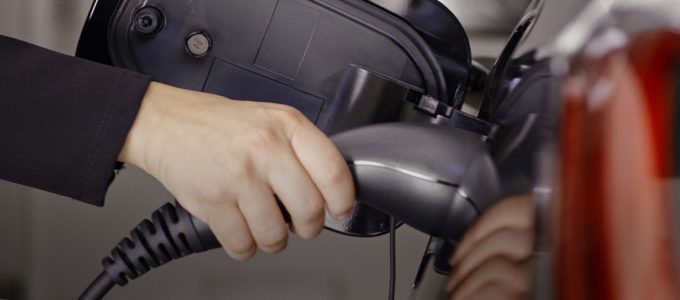CONTROL YOUR TCO: COSTS & MAINTENANCE
WHAT IS THE TOTAL COST OF OWNERSHIP (TCO)?
When evaluating the cost of an electric vehicle, consider the Total Cost of Ownership (TCO), which includes purchase, operating and end-of-life costs.
1. Purchase Costs: While 100% electric vehicles may have a higher initial price, government incentives and lower registration fees often reduce this. Installing a home charging station adds a one-time cost, but it is offset by long-term savings.
2. Operating Costs: 100% electric vehicles tend to be more affordable over time, with potential savings on electricity, especially during off-peak hours or at low-cost charging stations. Maintenance costs are also lower due to fewer mechanical parts and no need for oil changes.

GOVERNMENT INCENTIVES AND TAX CREDITS
Take advantage of a variety of government incentives and tax credits when you choose an electric, hybrid, or plug-in hybrid vehicle. These financial benefits can significantly reduce the initial cost of your new vehicle.
MAINTENANCE SAVINGS
With fewer moving parts and less wear and tear, 100% electric vehicles require less maintenance than traditional vehicles. This means lower maintenance costs and fewer visits to the mechanic:
• No oil changes and no transmission fluid needed, thanks to the electric drivetrain.
• Fewer moving parts mean less wear, fewer repairs, and no emission system maintenance.
• Battery health checks are simple, and replacements aren’t expected, as battery life is long and covered by warranty.
• Only basic checks on wear items like brakes, tires, and wipers are needed, similar to ICE (Internal Combustion Engine) cars.
